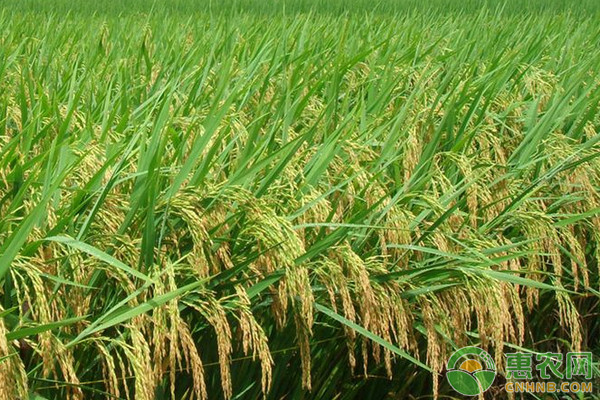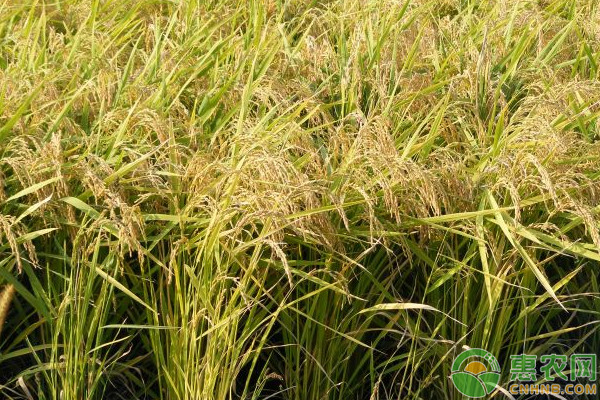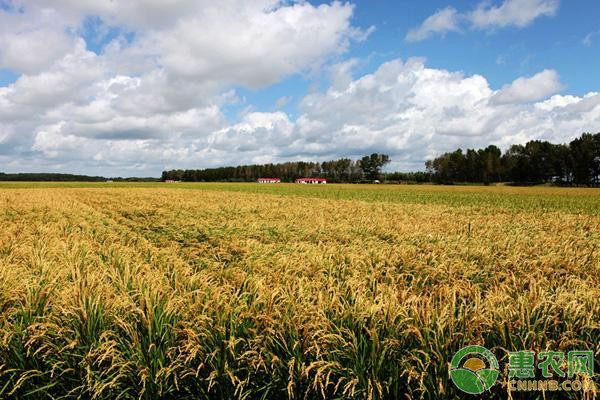Talking about the key points of rice optimal planting technology
For the cultivation of rice, in order to ensure its high quality and high yield, the initial control target is to focus on the selection of varieties. If the rice seeds are not broken, without insect source and without pathogens, they are high-quality varieties. At the same time, for the selected rice varieties, they should be optimally cultivated before actual planting. And then carry out targeted breeding.

1. Use excellent varieties and seed treatment
At present, the most widely used rice varieties in China, such as Neixiang excellent 8518, Yixiang 4106, C two Huayouzhan, and Y Liangyou 1 are identified as high-quality varieties because of their characteristics of no pathogens and high yield. Of course, in addition to the preferred planting varieties, another focus of attention is on the planting test of rice varieties. In the usual planting test, rice seeds of not less than ten varieties are tested separately, and the specific test process is also combined. The actual conditions of the local soil and the characteristics of the climate. By comparison, the most adaptable and highest yield varieties were selected.
2. Optimize fertilizer control technology
The so-called fertilizer control technology, that is, control the amount of nitrogen fertilizer used in rice. Actively optimize fertilizer-control technology, on the one hand, to break the previous nitrogen fertilizer application method, to effectively prevent the occurrence of ineffective tillering, and reduce the input cost of fertilizer, on the other hand, the effect of nitrogen fertilizer can be maximized, thus Ensure the quality and productivity of rice cultivation, and then ensure the desired planting benefits.

3. Reasonable establishment of leaf age observation points
In order to optimize the rice leaf age planting technology, the main purpose is to ensure the high yield and quality of rice planting, so as to improve the economic benefits of rice planting. In this regard, in view of the observation of rice leaf age, it is necessary to start with the growth of the rice, and to establish a plurality of observation points to comprehensively test the growth of rice, and based on this, once a poor growth condition is found, Effective and controllable means should be taken immediately to maintain rice growth. Of course, for the establishment of rice leaf age observation points, the points that different varieties need to pay attention to are not the same. The specific observation process should select one of the new leaves to be marked to facilitate follow-up observation.
4. Reasonably improve planting techniques
After the initial confirmation of the specific conditions and changes of the leaf age, the next step is to improve based on the previous rice planting techniques. Of course, specific improvements are also combined with rice varieties to create favorable growth adjustments, which is the key to ensuring high quality and high yield of rice. As for the specific improvement strategy, it is necessary to integrate the whole rice planting process and the management of water and fertilizer, so that the rice can be in the optimal growth environment and conditions to ensure the desired benefits.

For the transplanting of rice in the field, it is necessary to ensure the fineness and early turning of the land preparation. Because rice transplanting to Daejeon involves irrigation work. In order to avoid damage to the seedlings during the irrigation process, the height drop of the field should be kept within 2cm. If shallow water irrigation is used, it is necessary to ensure that the field is level and with reasonable application of the base fertilizer. Of course, this process needs to be carried out under the premise of ensuring the complete implementation of the field soil. As for the control standard for transplanting seedlings of rice, it is necessary to ensure that the height of the cultured plants is at least 18 cm, and no pests and diseases occur during the period, so as to ensure that the roots and white roots of the rice seedlings are not scattered too quickly after the shackles are lifted. , which is beneficial to the machine cultivation of rice. In addition, in order to ensure the vitality of the seedlings, early rejuvenation can be carried out when necessary.
5. Rational use of field diagnostic techniques
During rice planting, it is inevitable that it will be invaded by pests and diseases, so it is necessary to maintain the healthy growth of rice and avoid the impact of pests and diseases on rice quality and yield. Then, in the specific planting process, in addition to the improvement of rice planting technology, the more important point is the rational use of field diagnostic techniques. At the same time, based on the different growth stages of rice, the types of pests and diseases faced will also be different. Therefore, in order to avoid the impact of different kinds of pests and diseases, the field diagnosis work also needs to run through the whole process of rice growth. Reduce the impact of pests and diseases, and let the rice always maintain a good growth trend.
In short, rice planting is not only one of the most important food crops in China, but also an important guarantee for the life and development of the people in China. Therefore, it is extremely important to strengthen the management of the whole process of rice planting. To ensure the high quality and high yield of rice, as an agricultural technician, in addition to the diagnosis of the field and the improvement of planting techniques, the knowledge of rice planting should be fully grasped, so that the pests and diseases can be timely and effectively prevented, and then the rice The growth process clears the obstacles so as to maximize the quality and yield of rice cultivation and ensure maximum planting benefits.
Disposable Gel,Moisturizing Hand Sanitizer,Hand Sanitizer,Hand Sanitizer Dispenser
Wuxi Keni Daily Cosmetics Co.,Ltd , https://www.kenidailycosmetics.com